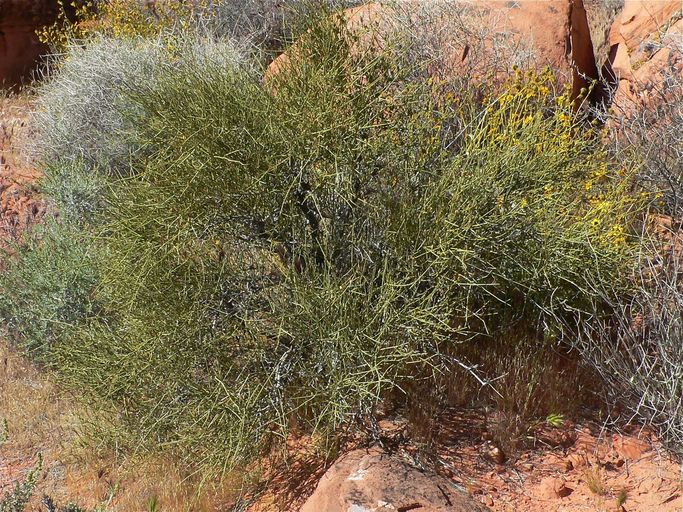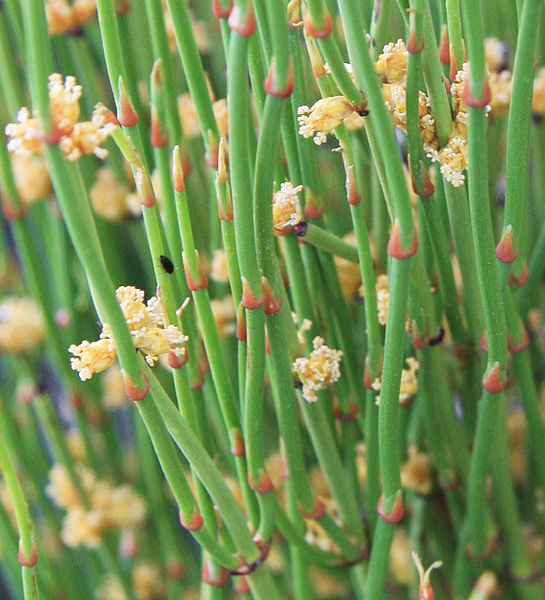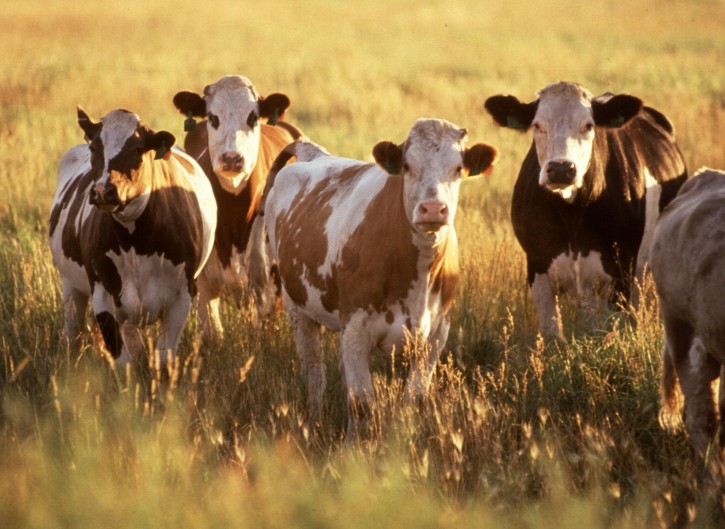Interactions
Ephedra viridis interacts with many of the organisms around it. Some of these interactions are helpful to these organisms, others are harmful. Here are some examples of these interactions:
In a study that was conducted in the late 1980's by Richard F. Keeler, it was found that Ephedra viridis was toxic when ingested by pregnant cattle and sheep. In the study, these mammals were given the plant in various dosages in the form of a water slurry. The toxic effects varied by animal. A number of the sheep that consumed the Ephedra viridis died while others suffered other side effects like indigestion or ruminal impaction. None of the cows that ingested the Ephedra viridis died, but nearly all of them suffered side effects of toxicity like diarrhea, vomiting, bloating, or anorexia. The cause of toxicity from the Ephedra viridis is thought to be high tannin content within the plant. Another plant that has a negative effect on animals like cattle and sheep is St. John's Wort.
Livestock and other animals:
Aside from cattle and sheep, Ephedra viridis is often grazed on by other livestock and large game animals. Unlike the pregnant cattle and sheep, Ephedra viridis is not harmful to these animals. In fact, since it is so abundant, it is not uncommon to find an animal snacking on it in its natural habitat. Ephedra viridis is especially important to these animals in the winter since it is an evergreen and present when other plants they would graze on are not.
Small mammals:
Since Ephedra viridis is a shrub and is relatively low
to the ground, it can serve as a habitat for the organisms around
it. Many small mammals that live in the same area use this
shrub as a covering and means of protection from predators. In
return, some seeds of Ephedra are effectively dispersed by
small animals burrowing them.
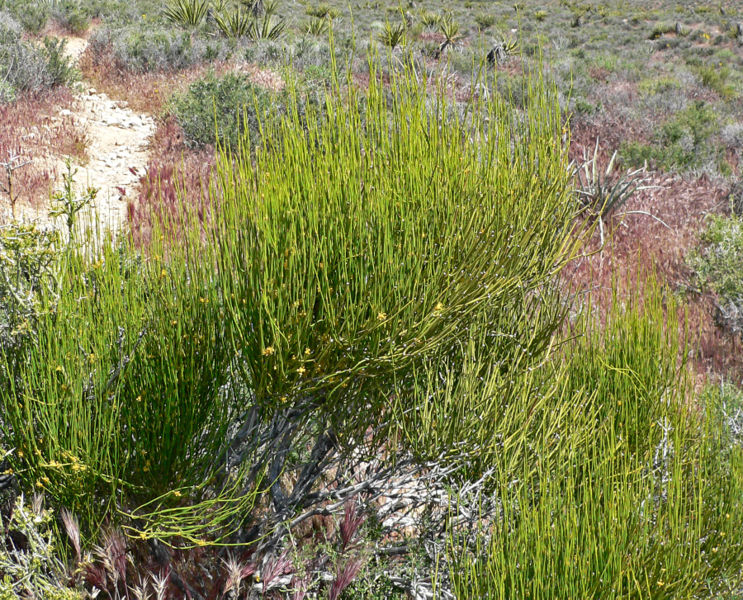
Surrounding Environment:
Ephedra viridis benefits its surrounding environment and any humans that may live near it by preventing erosion. Areas where this can happen include roadsides, and degraded range areas. Along with having preventative properties, this plant also has the ability to restore any vegetation that may have been destroyed.
Humans:
Along with impacting the environment and any other animals that
it habituates with, Ephedra viridis has also been known to
interact with humans. The common name for this plant is Mormon
Tea, and the meaning of this name is not unlike what you would think
it is. Mormon settlers who came to the United States early on
did not drink regular coffee or tea, but found that if they
boiled the dried leaves and seeds of this plant they could obtain a
tasty tea-like beverage. Aside from being a tasty drink, the
Mormons and other early settlers also found that the plant has
medicinal properties. Among the settlers, Ephedra viridis
was often used to cure common diseases such as colds, fevers,
headaches, and bowel disorders, as well as sexually transmitted
diseases like syphilis. It is thought that the tannins found
in Ephedra viridis have a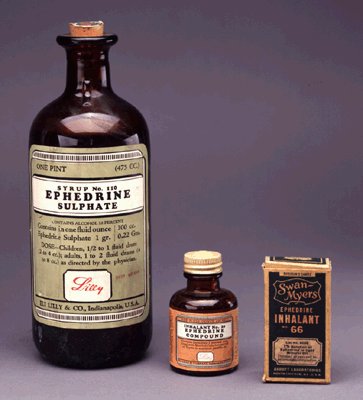 drying property that
would help to treat a cold, but it is unknown how it is effective at
curing other diseases.
drying property that
would help to treat a cold, but it is unknown how it is effective at
curing other diseases.
Using Ephedra viridis as an herbal medicinal remedy is considered to be relatively safe, but that isn't the case for all species of Ephedra. An Asian relative of this American species of the plant, Ephedra sinica, is also widely known for its medicinal properties, however, there are a lot more dangers associated with this species, some of which can be deadly. Ephedra sinica contains several toxic alkaloids, the main ones being ephedrine and pseudoephedrine. While these components of the plant can successfully treat respiratory ailments such as asthma, bronchitis, and congestion, if used improperly they can cause serious side effects. The plant has been used in traditional Chinese medicine for centuries, but has recently evolved into a different type of herbal remedy. The alkaloids that are found in Ephedra sinica and its relatives also have stimulant properties that impact the the nervous system. These properties have made ephedrine and pseudoephedrine into popular mental stimulants, athletic performance enhancements, alternatives to street drugs, and probably the most popular, weight loss supplements. Several studies show that when these alkaloids were used improperly, serious side effects irregular heartbeat, high blood pressure, heart attack, seizures, stroke, and even death occurred. These events prompted the FDA to ban the use of ephedrine from weight loss supplements in the US in the year 2004. However, ephedrine is still used medicinally to treat respiratory diseases, and pseudoephedrine can be purchased most places as an over the counter decongestant. There are several other plants like those in the genus Ephedra that medications have been derived from. Some of these are the Opium Poppy, the White Willow, and Ginger.
If by now you're brain is overwhelmed with information about Ephedra viridis, mosey on over to the Facts page for the "short version" of some of this information, along with some other cool facts about this plant. As always, you can also go Home.
